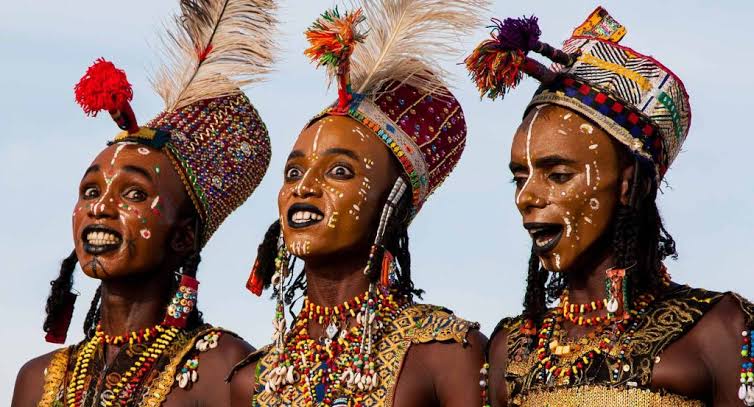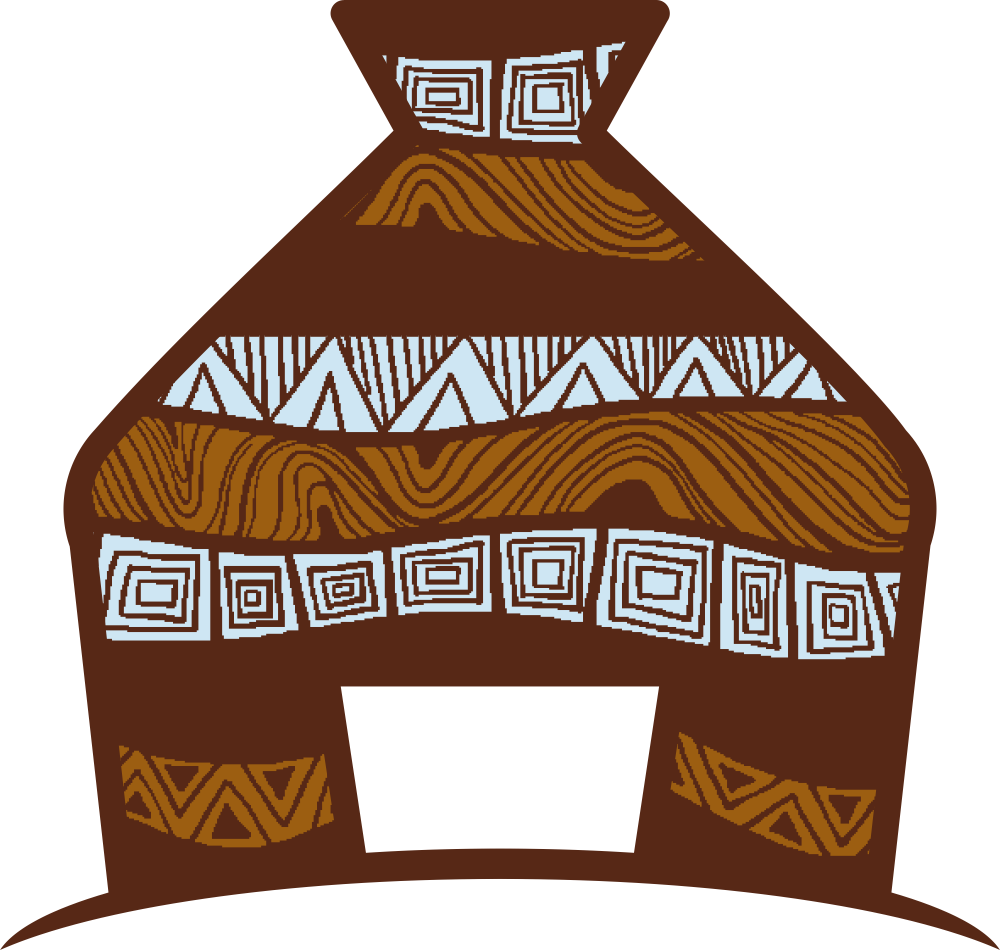
WHY AFRICAN TRADITIONS CHANGE || Dixon Damilola Paul
O Africa! Mama Africa! Land filled with abundant wealth, richness of culture and heritage. The diversity that fills Africa to the brim, exposes her beauty. Africa is likened to a woman, who dresses her keratin-rich, strong and dark hair in a way where a part is plaited round and the remaining part of the hair is left free-flowing. Here, it is almost impossible not to be attracted by this shining beauty under the African sun. Africa as a woman, attaches cowries to her hair, forming a beautiful pattern. She makes the other types of cowries into an enchanting form of ornament to be worn on the ear and round the neck. These ornaments (beads, cowries, oyster shells, pebbles, bronze) are employed to compliment the parts of a woman’s body.
These aforementioned ornamental accessories represent the diverse peoples, cultures and traditions that are fused together, but in harmony to pose a picture of a very beautiful woman — Africa.
Africa, since her inception, has had her own cultures. Here, I will say a culture is like the combination of the language that is spoken and the geographical location one belongs to. It certainly also includes the way one represents dates, times and currencies. Culture is comprised of the habits, lifestyle, beliefs, background, arts, custom, and values of a society. All these elements mentioned would have gone extinct without tradition.
The importance of tradition cannot be over emphasized as it is the bedrock of the continuity of culture or whatever is called heritage. Tradition is the transfer or passing down of all the components of culture. Tradition makes sure that a particular way of life is practiced and maintained even by people or generations who have not witnessed how it was done. Tradition is important because it serves as the major link between the past and the present. Tradition also serves as the hope of connection between the present and the future.
As far as Africa is concerned, the major tradition is the skin color — black. It can be categorically stated that anyone in a black skin is an African — could either be by birth or by origin. By birth, one is born by African parent, either in Africa or Africa’s sister continent. By origin, tracing back one’s root; people who have black skin but are in other continent always have their roots traced back to Africa because of early days of ugly, contemptible and despicable acts of slave trade.
In the eastern part of Africa, the Kenyans have the tradition of wearing red dresses. It makes them standout in crowd. Another tribe which identifies with the tradition of cloth, is the Benue state people in the middle belt region of Nigeria, West Africa. These people have a tradition of wearing stripe-pattern clothes with the iconic and legendary black and white colour, and sometimes deep blue.
As stated earlier, the beauty of these traditions are beyond words, literarily and literally. The explicit details of the aesthetics that comes with these traditions, sometimes, can only be enjoyed by the eyes and all the mouth can do is just to drop the jaw. Although, in day to day activities, much might not be seen but the culture and traditions are at the fullest and brightest during festivals. In Nigeria, one of the leading festivals is the Calabar Carnival. This festival holds yearly in Nigeria, Southwestern region of Africa. It features rigorous display of colours of different cultures. The carnival is now, in recent times, so big that other parts of the country go to Calabar in Cross Rivers state to celebrate with them. A sprinkle of modernization has also been added- this is where you see bikers coming around to “display”. All these makes a partaker to look forward to the next edition of Calabar Carnival even before the current one ends.
As beautiful as these traditions are, the major enemy that is consistently making a hole, like a woodpecker, in the tree of tradition is modern civilization. One may wonder what modern civilization mean, it basically means globalization and industrialization.
The process of trying to make the whole world seem like one, globalization, has done more harm than good to our tradition in the sense that our natural ways of going about things have been ignored to an alarming rate. The whole world is now somewhat, however optional, compelled to do certain things the same way. Not leaving out industrialization, we have witnessed other traditions go into extinction because of the socio-economic change that has been brought about by industrialization.
For instance, a long time ago, ornaments used on the body does not serve aesthetic purposes only but identity. That is, just by seeing the type or style of an aesthetic material used, one can recognize and tell where one hails from. This can also be observed in face-marking. It is hard to come by a parent at this age to see him/her giving their kid a face-mark for identity purpose Another tradition that is fast going into extinction is Africa’s traditional marriage. Due to this globalization and industrialization; socio-economic change, the manner of having wedding in the traditional way is fast becoming archaic. Traditional rites for marriages are no more emphasized on, for those that still perform traditional marriage, one will notice that it’s no more done full fledged.
The traditional rites are either done halfway or replaced totally with new techniques with no regard for tradition. The whole attention and resources (financial, social and human) are shifted to the “white wedding”, which does not portray a single bit of Africa’s traditional ways.
However, there are still some things to be happy for when it comes to African tradition. The major thing is the language. As of now, there has been no African country that has had its traditional language overthrown by the colonialist language. Yes, colonialist language may be the official, but the local languages are still intact.
Another tradition that is still very much around in Africa is the mode of dressing. A typical Ghanaian will wears a wrapper of African print clothes around his waist, crossing it up to the shoulder. Some tribes in South Africa wear lovely and colorful and eye-catching beads around their waist and neck alone, exposing their bosoms — breasts everywhere.
A close look has been given and studies have been made as to why cultures change. Research has shown that, basically, the fault is with the transition of culture and traditions. Most of the custodians of these traditions do not have full knowledge of the culture and traditions that has been in existence. When they pass it on, they tend to pass on half knowledge. As if that is not detrimental enough, some custodians go ahead to add invalid history and pass it on to younger generation. They (younger generation), in turn, pass on invalid tradition. This crooked manner of action has certainly left some crucial and genuine part of the tradition out.
Another factor responsible for change in traditional or culture is error in document or improper documentation. In the very olden times, the idea of physical documentation was not paramount. It was indeed difficult to literally write something down because there was no writing material. For some of the forefathers who were extremely wise, they had some things scribbled on the walls, floors, rocks and trees. This leads to the last point of why traditions change — interpretation.
Subsequent generations which did not hear directly from the ancestors (or predecessor) are left with only the writings on the rocks and the likes, to read and understand. They encountered challenges in interpretation of these scribblings because the form of the wall, rock could have been changed by weathering, wind blowing it off, rain washing away some others. This leads to miss interpretation of documented traditions and they are being passed on incorrectly.
It is highly suggested that the present custodians of these traditions and cultures come together to agree, by the virtue of research to have a uniform tradition that will be passed on, in full details, to the next generation.
These custodians should also be strong in the face of modern civilization, globalization and industrialization that lead, to socio-economic change, and not allow these elements destroy our traditional institutions.

